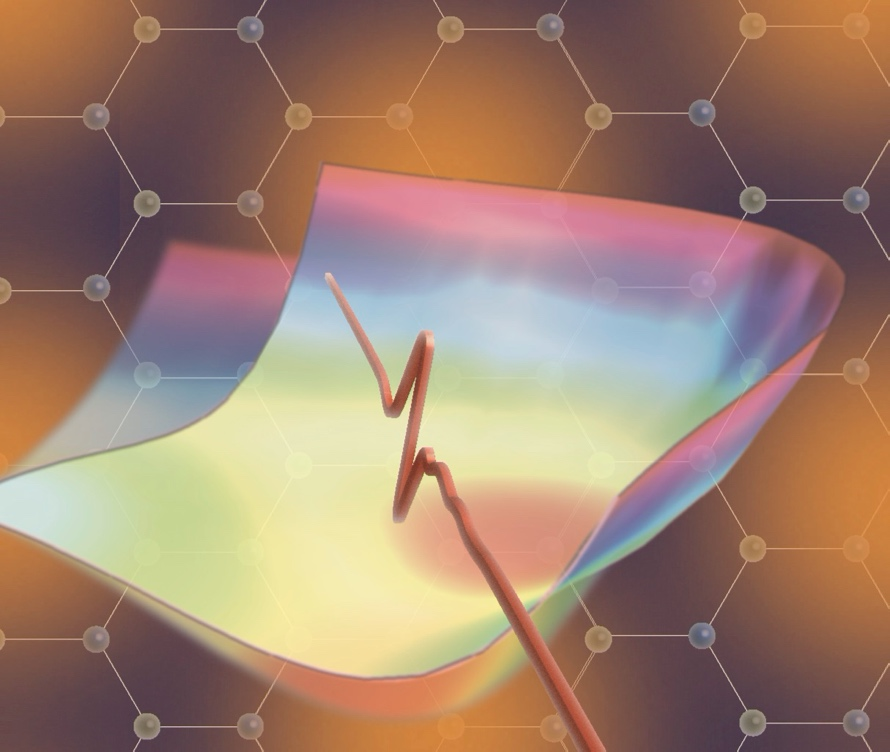DATE2021.06.29 #Press Releases
A new method for controlling the electronic phase of two-dimensional materials at ultrahigh speed using terahertz waves
Disclaimer: machine translated by DeepL which may contain errors.
Cryogenic Research Center
Graduate School of Science
Graduate School of Engineering
Overview
A research group led by Professor Ryo Shimano and Assistant Professor Naotaka Yoshikawa of the Department of Physics, The University of Tokyo's Graduate School of Science, and by Associate Professor Masanori Nakano and Professor Yoshihiro Iwasa of the Department of Physics, Graduate School of Engineering, in collaboration with a group from the University of Paris, has discovered that terahertz wave pulses can be used to study two-dimensional quantum phases, called charge density waves, that appear in transition metal dichalcogenides They discovered that a quantum phase called charge density wave, which appears in transition metal dichalcogenides, a typical example of two-dimensional materials, is instantly transformed into a new insulator-like state when irradiated with terahertz wave pulses. When a material is irradiated with light, its electrical conductivity and magnetic properties can change to a very different state. This phenomenon is called photo-induced phase transition, and has traditionally been of great interest from both the basic science and application perspectives. However, since the effect of light irradiation generally leads to an increase in the temperature of the material, the quantum electronic phase, which usually appears at low temperatures, changes in the direction of breakdown.
This time, the research group has succeeded in changing from a charge density wave to a new insulator-like state with an ultrafast response time of about one trillionth of a second, while minimizing the heating effect of light irradiation by selectively shaking specific vibrations in the crystal lattice. The new principle of quantum electronic phase control realized in this study is expected to be useful for understanding the origin of superconductivity and magnetism, and to provide a new principle of operation for electronic devices that operate at ultrafast speeds.

Figure: Schematic of the electronic phase control realized in this study. By irradiating a 3R-Ta1+xSe2 thin film with a hexagonal lattice and shaking the lattice with terahertz waves, the free energy minima are changed and the electronic phase is altered.
For more information, please visit the Cryogenic Research Center website.


